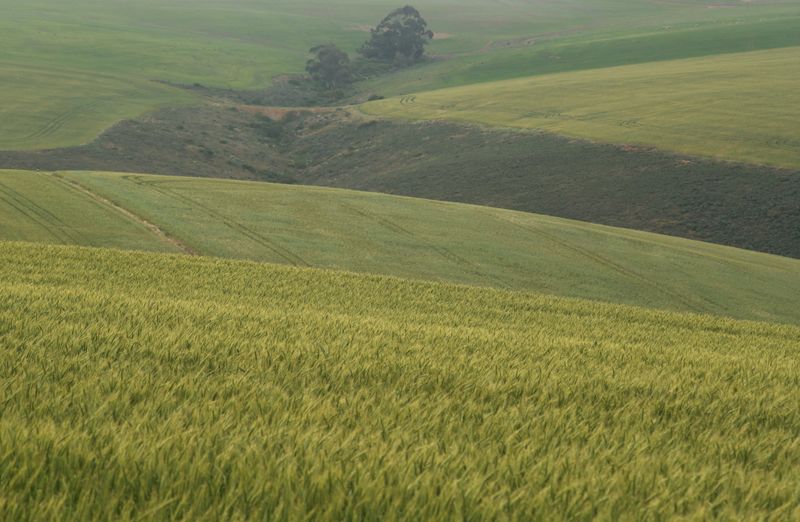ROME (Reuters) - World food prices rose for a fourth straight month in November to remain at 10-year highs, led by strong demand for wheat and dairy products, the U.N. food agency said on Thursday.
The Food and Agriculture Organization's (FAO) food price index, which tracks international prices of the most globally traded food commodities, averaged 134.4 points last month compared with a revised 132.8 for October.
The October figure was previously given as 133.2.
The November reading was the highest for the index since June 2011. On a year-on-year basis, the index was up 27.3% last month.
Agricultural commodity prices have risen steeply in the past year, driven by harvest setbacks and strong demand.
The FAO's cereal price index rose by 3.1% in November from the previous month and was 23.2% higher than its year-ago level, with wheat prices hitting their highest level since May 2011.
FAO said wheat prices were supported by concerns about unseasonable rains in Australia and uncertainty over potential changes to export measures in Russia.
The dairy price index posted the largest monthly rise, up 3.4% from the previous month. "Strong global import demand persisted for butter and milk powders as buyers sought to secure spot supplies in anticipating of tightening markets," FAO said.
Global sugar prices rose 1.4% on the month and was up nearly 40% year-on-year. "The increase was primarily driven by higher ethanol prices," FAO said.
The meat price index posted its fourth consecutive monthly decline, shedding 0.9% on the month, while world vegetable oil prices fell 0.3% on October levels, but international palm oil prices remained firm, FAO said.
Rome-based FAO cut its projection of global cereal production in 2021 to 2.791 billion tonnes from 2.793 billion estimated a month ago, according to its cereal supply and demand outlook.
However, the expected world cereal output would still represent a record, FAO said.

"The month-to-month downgrade is primarily the result of an anticipated marginally smaller global coarse grains outturn, reflecting reduced forecasts for barley and sorghum production," FAO said.
World cereal utilization in 2021/22 was forecast to rise by 1.7% above the 2020/21 level, hitting 2.810 billion tonnes. FAO's forecast for world cereal stocks by the close of seasons in 2022 stood at 822 million tonnes, up 2.9 million tonnes since November but still down 0.7% from opening levels.